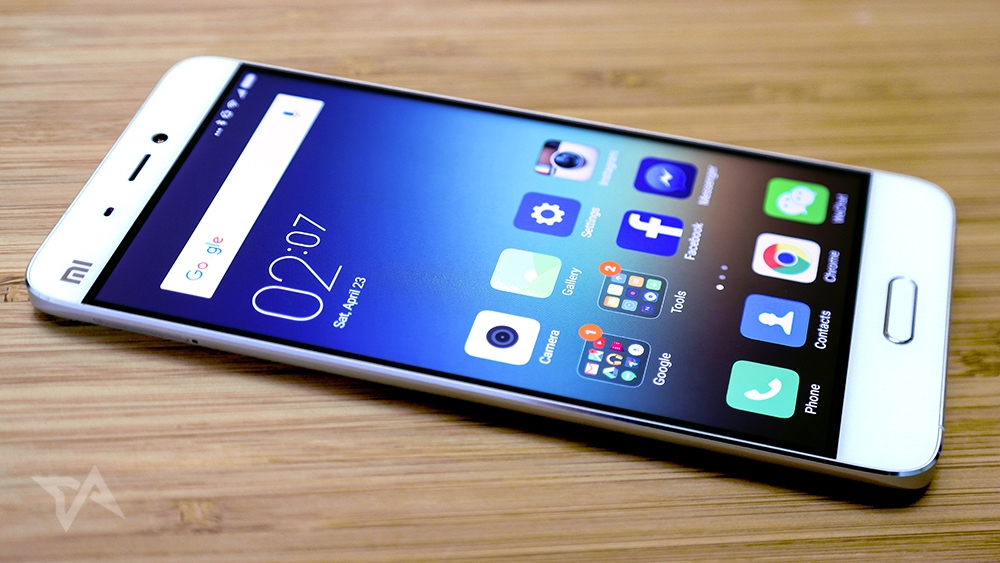
Xiaomi's newest flagship doesn't have two cameras like Huawei's does. It didn't scrap the headphone jack in favor of a do-all USB Type-C like LeEco did. It's a phone without any gimmicks, without any "Oh my god, they did that??" features – and that's not a bad thing.
It's a good looking, solid piece of phone. I tested it out for the better part of two weeks, and this is what I found.
HardwareThe Mi 5's design is a sleek combo of metal and Gorrilla Glass that's easy to use with one hand. The Mi 5 Pro, the line's high-end model, features a black "3D ceramic back," as Xiaomi calls it – my model was the more pedestrian glass, but it's still a good looking device. The Mi 5 is smaller than some other flagships on the market, with a 5.15-inch screen.
With the screen turned off, it looks as though the Mi 5's display has no bezel at all – just a razor-thin slice of metal that lines the phone. But when the screen is on, it's clear that the pixels stop short from the metal edge, making for a fairly thick black border that's especially apparent on the white model.
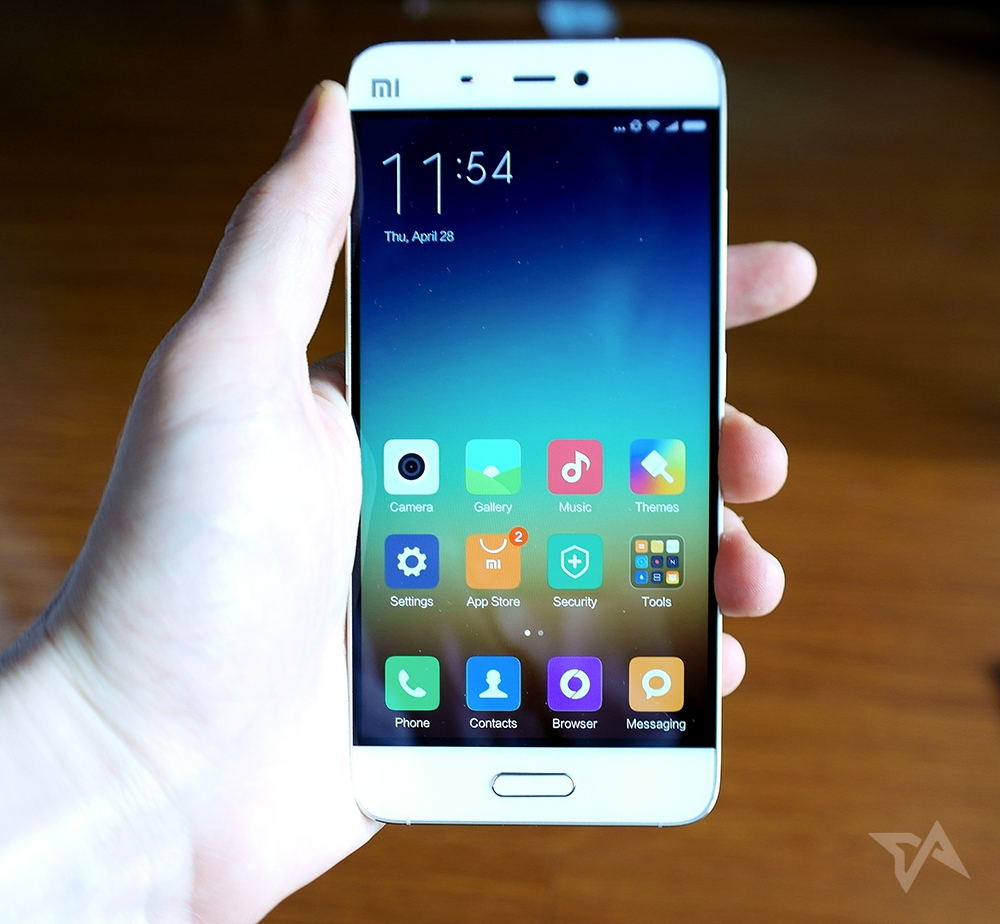
The screen itself is bright and crisp, and sports a 1080 HD display. Even with the brightness settings only at about 50 percent, the colors are sharp – if cranked up to 100 percent, they jump off the screen.
Beneath the display is an oblong, metal-ringed home button with built-in fingerprint reader that looks pretty much identical to Samsung's. It's flanked by unlabeled Back and Recent Apps buttons that appear as lights beneath the glass surface.
Crammed inside is a Qualcomm Snapdragon 820 processor.
The fingerprint reader is responsive, most of the time. I occasionally found myself pressing the button several times before the device unlocked, but managed to remedy this by adding my thumb's profile into the phone's database twice, as if it were two different fingers. It's a bit of a workaround, but I found it helpful.
Inside, the Mi 5 is crammed with a Qualcomm Snapdragon 820 processor, 3 gigs of RAM, and 64 gigs of storage (the highest-end model has 128GB of storage, with 4 gigs of RAM). The processor blazes along, loading apps quickly while staying cool.
The phone also sports a 3,000 mAh battery that seems reluctant to ever die. On a standard usage day – where I'm on and off the phone, sending messages, listening to podcasts, reading news, etc. – beginning around 8am, I never had the Mi 5 die on me.
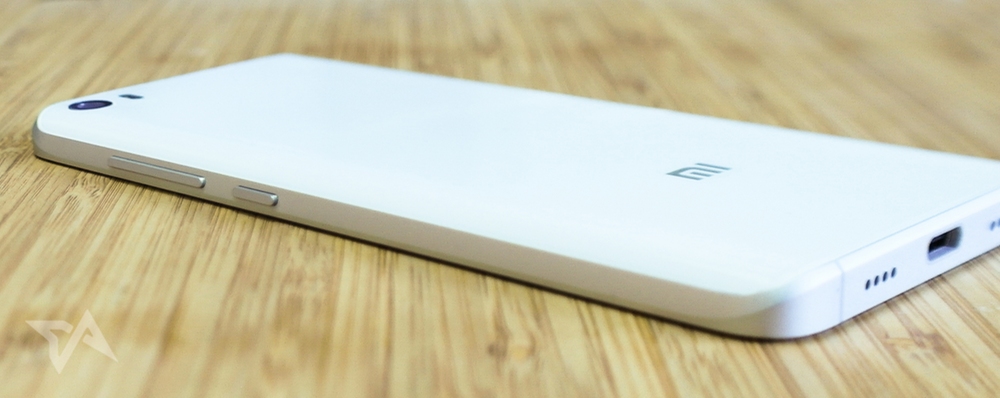
On one particularly late night, I crashed into bed around 3am. My normal phone had long since died, but the Mi 5 was still chugging along with percentages in the teens, without having been charged since the night before. Xiaomi credits the phone's long life to the battery's density and the phone's unique backlight setup.
That said, the phone itself is a bit cocky about its battery performance. When checking the battery levels in Settings, the Mi 5 boldly estimates that it can last nearly three days on a full charge. That may be true if you have the phone on standby in your pocket, but don't count on using it normally for 72 hours straight.
The phone charges via USB Type-C, and does so quickly. It also sports a double-SIM tray, NFC connectivity, and an IR blaster. The latter may seem a bit peculiar for a flagship, but it's part of the Xiaomi ecosystem – it can be used for the Mi TV, Mi Box, and the like, in addition to other brands' devices like TVs or air conditioners.
CameraThe Mi 5 boasts a 16-megapixel camera with f/2.0. The camera is flush with the phone's back, which is something that Xiaomi is extremely excited about – VP Hugo Barra said that avoiding camera bulge was "a major design challenge" in concocting the Mi 5.
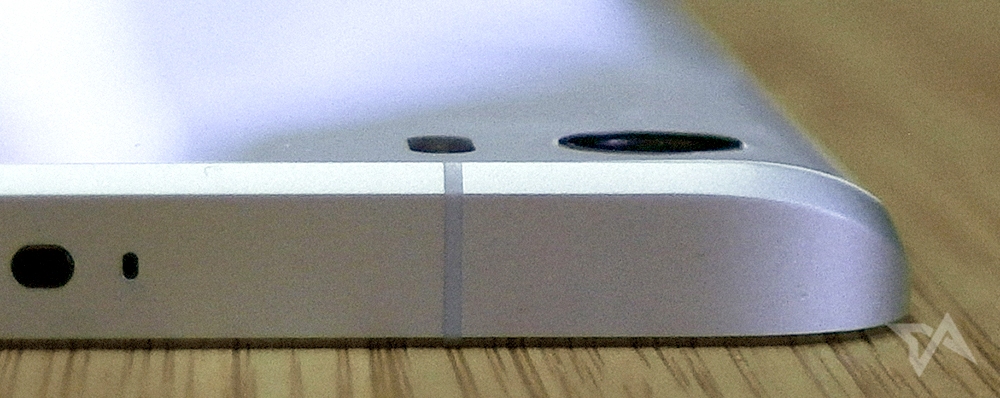
Xiaomi's custom camera app loads up quickly, and includes a handful of idiosyncratic features like a voice-activated shutter, tilt-shift, and a "beautify" mode that smoothes out those wrinkles (if you turn it up too high, people begin to look like wax figures). Those are in addition to standard fare like HDR, panorama, and manual mode.
As for the Mi 5's photo abilities, you can see for yourself:
The camera is great. It captures sharp, vibrant colors, and – in the right light – keeps details unfuzzy even when zoomed in. The quality dips a bit in lower light, as would be expected, but in my experience I never ran into muddied colors or excess blurriness. It's possible to notice a bit of noise when cropping in to 100 percent, but the general image quality is excellent.

Image sample from Mi5. Image credit: TIA
The Mi 5's still camera also sports optical image stabilization (OIS), which does an excellent job at compensating for camera shake. As you can see in the video below, the camera locks on to the material in the frame and avoids too much distortion, even as it's shaken around.
It's worth noting that the OIS is used in the still camera mode: it doesn't compensate for shake on captured video, so don't count on this phone replacing your action cam anytime too soon.
The Mi 5's video capabilities are nothing to scoff at either – it can shoot up to 4K resolution, and also has built-in timelapse and slow-motion features. Like in still mode, the colors are bright and clear, and the autofocus is quick and responsive.
Here's a sample of the 4K capture:
And here of the 4K timelapse:
The OSIf you've used MIUI before, then you know what to expect out of Xiaomi's home-built Android ROM. But if not, then you might be in for a surprise.
Xiaomi has never been for Android purists. MIUI occupies a weird middle zone between iOS and Android. The latest version, MIUI 7, is based on Android 6.0 but lacks goodies like an app drawer, the latest permissions manager, rich notifications (e.g. a "reply" or "done" button within an email notification), and other features that you may be accustomed to.
The MIUI aesthetic is vaguely similar to Apple's offerings, with blurred-transparency menus and all of your icons on the home screen. It also features a number of unique features, like a call recorder and Xiaomi-built music, weather, and notes apps.
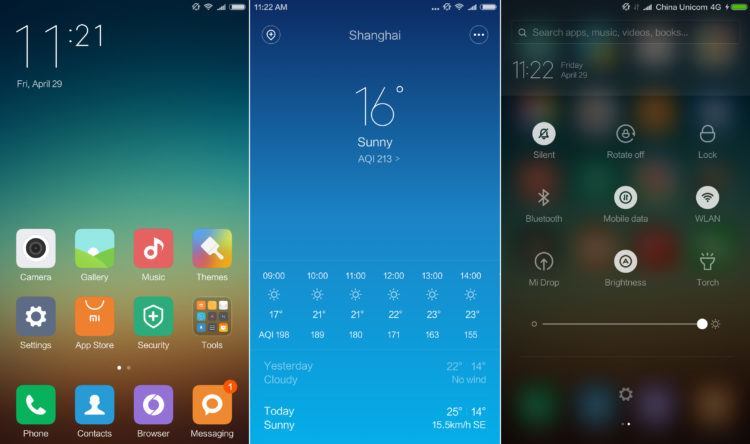
MIUI Version 7. Image credit: TIA.
If you're a fan of stock Android, you can get past some of MIUI's quirks by installing a custom launcher like Nova or Hola, which will at least get you an app drawer and some other Android staples (but which can't replace Xiaomi's home-built notifications, settings, or permissions).
MIUI also includes a theme store, which mainly focuses on different icon designs and clock formats.
The global ROM, installed on devices sold outside of China, features the same interface as the domestic one but also includes the Google services that you'd expect to find on any Android device. Within mainland China, where Google is blocked, the phone ships with Xiaomi's app store, Baidu Maps, and a number of other Chinese services preinstalled.
MIUI 8 is due out next month, and Xiaomi has already released some screenshots and videos of the new ROM. Judging by what's been spotted so far, there will be quite a few updates to the system's notifications and built-in apps, but the OS is moving in Xiaomi's direction, not Google's – so don't expect to get stock Android's latest features in MIUI.
The competitionThe Mi 5 starts at US$308 and goes up to US$401 for the ceramic-backed Pro model that touts 4 gigs of RAM and 128GB of storage.
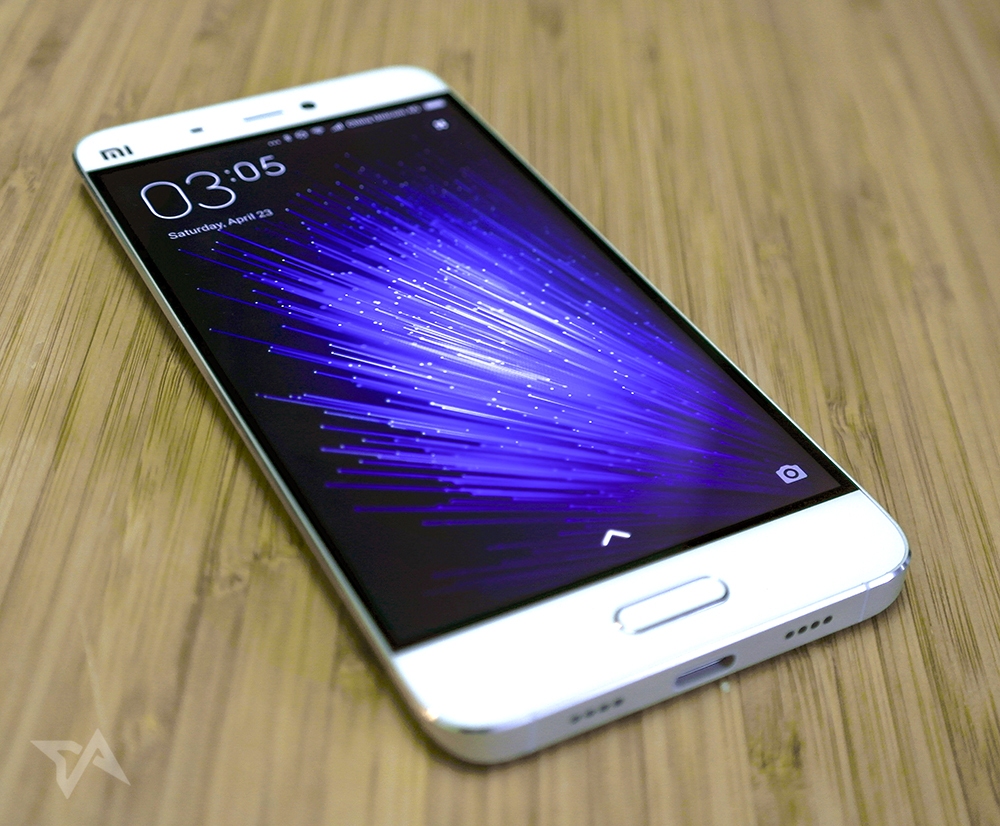
Until recently, that price alone would have been reason enough to buy the phone. But times have changed, and the US$300-400 range is so hot right now.
Xiaomi's Mi 5 should definitely be on your shortlist.
Huawei's GX8, for example, packs a larger 5.5" screen, also includes a fingerprint reader, and goes for US$300 (it falls short of the Mi 5 in other areas, like RAM and internal storage). The OnePlus 2 offers a much more straight-from-Google Android experience; Oppo's F1 Plus features an insane 16-megapixel selfie camera, a 5.5″ screen, and 4 gigs of RAM for US$405.
The list goes on. Vivo's X6s packs 4 gigs of RAM, a fingerprint reader, and 64 gigs of storage into a iPhone-6-esque design for US$401. LeEco's Le Max Pro even has the same Snapdragon 820 as the Mi 5, while adding a giant 5.7" screen and a bigger battery for less than US$400.
That isn't to say that those phones are flat-out better than Xiaomi's, but the company is no longer the only one selling flagship-level phones on the cheap.
Two years ago, when they were running against US$700 Samsungs and Huaweis, Xiaomi's flagships were a no-brainer. But it's 2016. And that means "Where can I buy a sleek looking phone with great features for less than US$400?" now has more than one answer.
If you like MIUI and are in the market for a well designed phone that can fit in one hand, take good photos, and last all day on one charge, the Xiaomi Mi 5 should definitely be on your shortlist – but Xiaomi may be worried that there's a list at all.
Mi 5 prosSource: Xiaomi's Mi 5 is a great phone, but that might not be enough
No comments:
Post a Comment